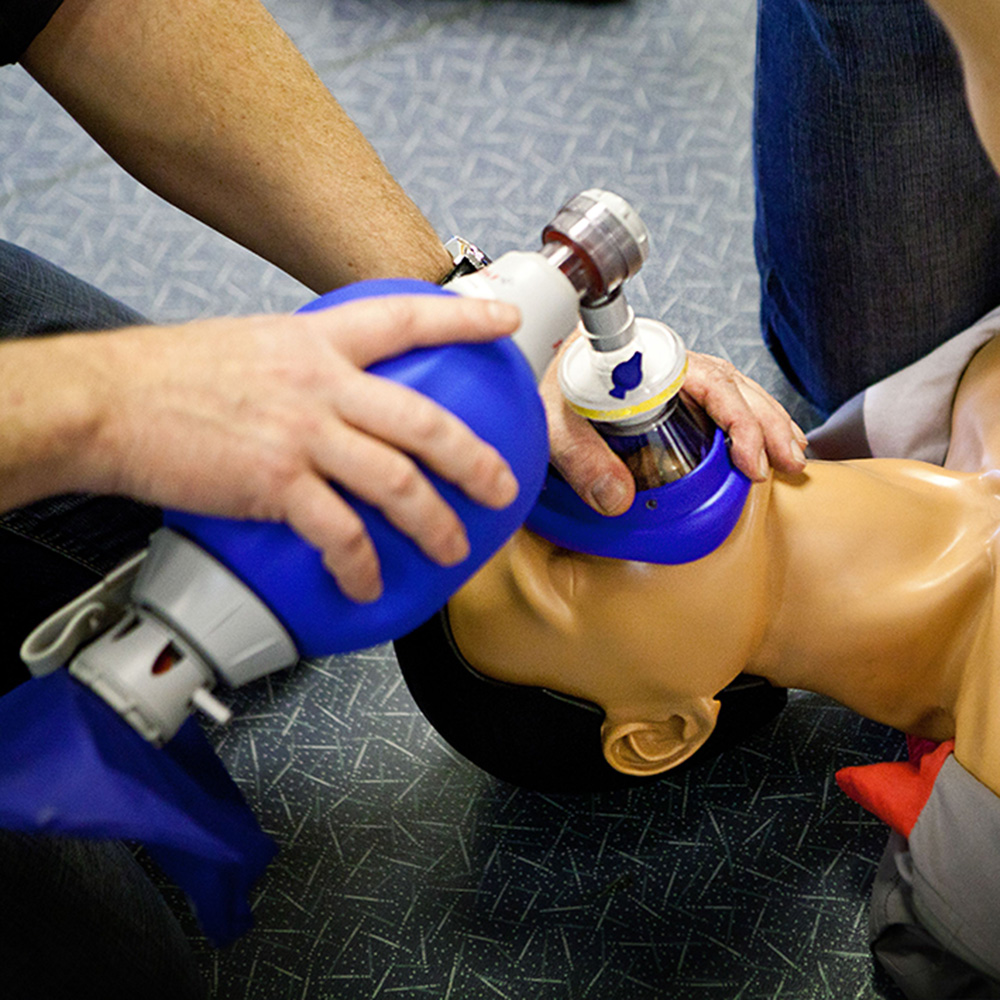Researchers assist in landmark NIH study showing intensive blood pressure management may save lives
DALLAS – September 11, 2015 – More intensive management of high blood pressure, below a commonly recommended blood pressure target, significantly reduces rates of cardiovascular disease, and lowers risk of death in a group of adults 50 years and older with high blood pressure, a National Institutes of Health study involving UT Southwestern Medical Center researchers shows.

These initial results were reported as part of a landmark clinical trial sponsored by the National Institutes of Health called the Systolic Blood Pressure Intervention Trial (SPRINT). The intervention in this trial, which carefully adjusts the amount or type of blood pressure medication to achieve a target systolic pressure of 120 millimeters of mercury (mm Hg), reduced rates of cardiovascular events, such as heart attack and heart failure, as well as stroke, by almost a third and the risk of death by almost a quarter, as compared to the target systolic pressure of 140 mm Hg, according to the National Heart, Lung, and Blood Institute (NHLBI).
“The systolic blood pressure intervention trial is the first ever to demonstrate that lowering systolic blood pressure to 120 as compared to 140 in people with hypertension over the age of 50 was associated with a 30 percent lower event rate, potentially saving lives and reducing cardiovascular events,” said Dr. Robert Toto, Associate Dean for Clinical and Translational Research, Professor of Internal Medicine and Clinical Sciences, and principal investigator for the trial at UT Southwestern Medical Center.
“This is a stunning finding that led the data and safety monitoring board to recommend termination of the usual blood pressure control arm of 140 mm Hg. Because high blood pressure afflicts more than 50 million Americans, the results of this landmark study will have a profound effect on healthcare for years to come,” said Dr. Toto, who holds the Mary M. Conroy Professorship in Kidney Disease, and is Medical Director of the Multi-Specialty Clinic at UT Southwestern Medical Center
The study provides potentially lifesaving information that will be useful to health care providers as they consider the best treatment options for some of their patients, particularly those over the age of 50, said Dr. Gary H. Gibbons, Director of the National Heart, Lung, and Blood Institute (NHLBI), the primary sponsor of SPRINT.
“We are delighted to have achieved this important milestone in the study in advance of the expected closure date for the SPRINT trial and look forward to quickly communicating the results to help inform patient care and the future development of evidence-based clinical guidelines,” said Dr. Gibbons.
High blood pressure, or hypertension, is a leading risk factor for heart disease, stroke, kidney failure, and other health problems. An estimated 1 in 3 people in the United States has high blood pressure.
The SPRINT study evaluates the benefits of maintaining a new target for systolic blood pressure, the top number in a blood pressure reading, among a group of patients 50 years and older at increased risk for heart disease or who have kidney disease. A systolic pressure of 120 mm Hg, maintained by this more intensive blood pressure intervention, could ultimately help save lives among adults age 50 and older who have a combination of high blood pressure and at least one additional risk factor for heart disease, the investigators say.
The SPRINT study, which began in the fall of 2009, includes more than 9,300 Participants age 50 and older, recruited from about 100 medical centers and clinical practices throughout the United States and Puerto Rico. It is the largest study of its kind to date to examine how maintaining systolic blood pressure at a lower than currently recommended level will impact cardiovascular and kidney diseases. NIH stopped the blood pressure intervention earlier than originally planned in order to quickly disseminate the significant preliminary results.
The study population was diverse and included women, racial/ethnic minorities, and the elderly. The investigators point out that the SPRINT study did not include patients with diabetes, prior stroke, or polycystic kidney disease, as other research included those populations.
When SPRINT was designed, the well-established clinical guidelines recommended a systolic blood pressure of less than 140 mm Hg for healthy adults and 130 mm Hg for adults with kidney disease or diabetes. Investigators designed SPRINT to determine the potential benefits of achieving systolic blood pressure of less than 120 mm Hg for hypertensive adults 50 years and older who are at risk for developing heart disease or kidney disease.
Between 2010 and 2013, the SPRINT investigators randomly divided the study participants into two groups that differed according to targeted levels of blood pressure control. The standard group received blood pressure medications to achieve a target of less than 140 mm Hg. They received an average of two different blood pressure medications. The intensive treatment group received medications to achieve a target of less than 120 mm Hg and received an average of three medications.
“Our results provide important evidence that treating blood pressure to a lower goal in older or high-risk patients can be beneficial and yield better health results overall,” said Lawrence Fine, M.D., chief, Clinical Applications and Prevention Branch at NHLBI. “But patients should talk to their doctor to determine whether this lower goal is best for their individual care.”
The study is also examining kidney disease, cognitive function, and dementia among the patients; however, those results are still under analysis and are not yet available as additional information will be collected over the next year. The primary results of the trial will be published within the next few months.
In addition to primary sponsorship by the NHLBI, SPRINT is co-sponsored by the NIH’s National Institute of Diabetes and Digestive and Kidney Diseases, the National Institute of Neurological Disorders and Stroke, and the National Institute on Aging.
About National Heart, Lung, and Blood Institute
The National Heart, Lung, and Blood Institute (NHLBI) plans, conducts, and supports research related to the causes, prevention, diagnosis, and treatment of heart, blood vessel, lung, and blood diseases; and sleep disorders. The Institute also administers national health education campaigns on women and heart disease, healthy weight for children, and other topics. NHLBI press releases and other materials are available online at www.nhlbi.nih.gov. The National Institutes of Health (NIH) — The Nation's Medical Research Agency — includes 27 Institutes and Centers and is a component of the U.S. Department of Health and Human Services. It is the primary federal agency for conducting and supporting basic, clinical and translational medical research, and it investigates the causes, treatments, and cures for both common and rare diseases. For more information about NIH and its programs, visit www.nih.gov.
###
Media Contact: Russell Rian
214-648-3404
russell.rian@utsouthwestern.edu
To automatically receive news releases from UT Southwestern via email, subscribe at www.utsouthwestern.edu/receivenews




